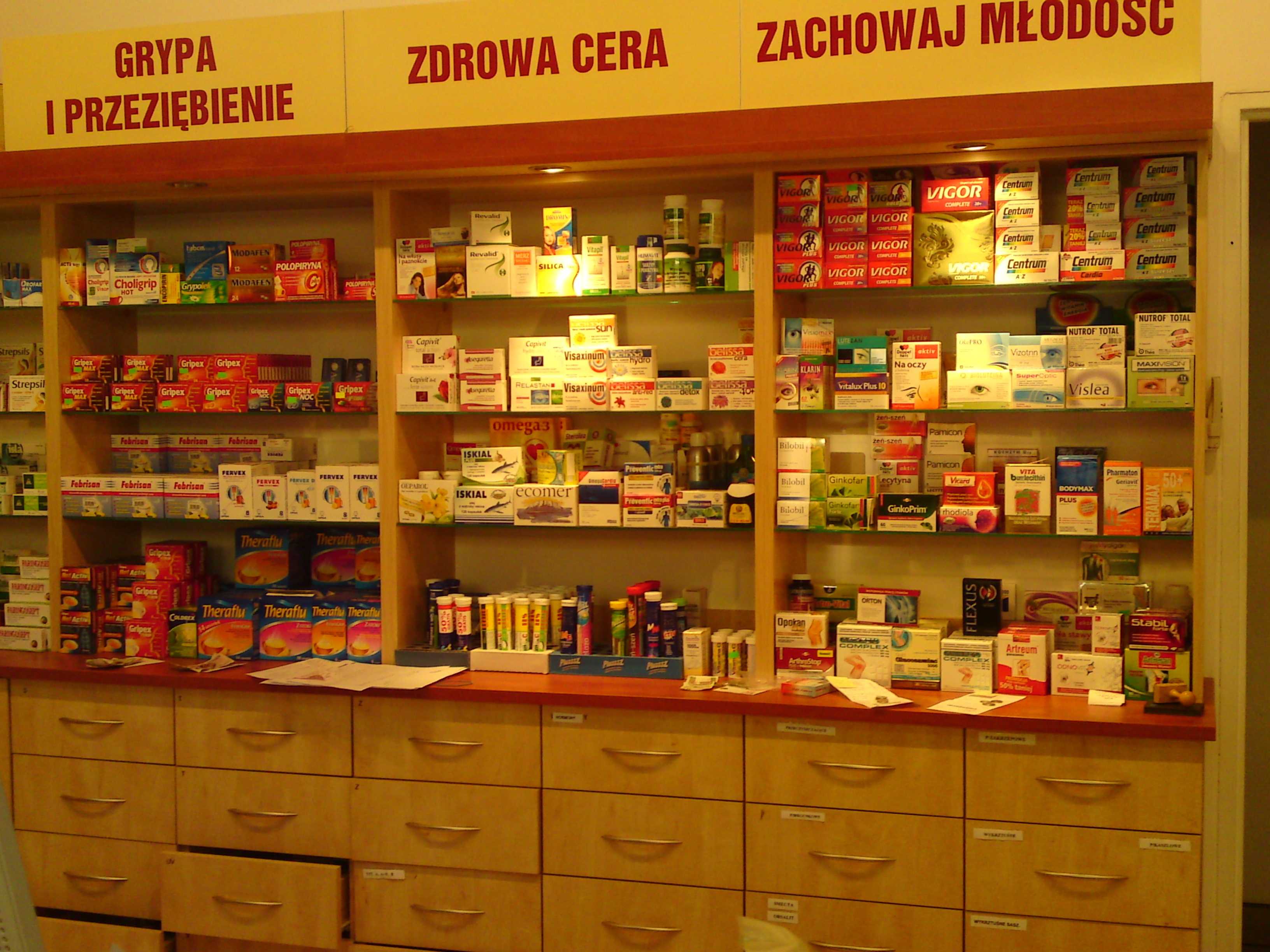-
Oxidative Phosphorylation
Introduction Oxidative phosphorylation is a vital metabolic process that occurs within the mitochondria. It involves two closely connected components: the electron transport chain (ETC) and chemiosmosis. The ETC, located in the inner mitochondrial membrane, consists of proteins and organic molecules. Electrons from molecules like NADH and FADH₂ move along the chain through redox reactions, releasing…
-
Electron Transport Chain (ETC)
Introduction The electron transport chain (ETC) is a crucial process in cellular respiration that occurs within the inner mitochondrial membrane of eukaryotic cells. The ETC consists of a series of protein complexes and other molecules. Its primary function is to transfer electrons from electron donors (such as NADH and FADH₂) to electron acceptors (usually molecular…
-
Hormonal regulation of blood glucose levels and diabetes mellitus
Introduction The hormonal regulation of blood glucose levels and diabetes mellitus involves a complex interplay of hormones, primarily insulin and glucagon, produced by the pancreas. Insulin facilitates the entry of glucose from the bloodstream into cells, where it is used for energy. Conversely, glucagon raises blood glucose levels by promoting the release of stored glucose…
-
Gluconeogenesis
Gluconeogenesis Gluconeogenesis is a metabolic pathway that results in the biosynthesis of glucose from certain non-carbohydrate carbon substrates. Gluconeogenesis is the process by which new glucose molecules are ed in the body. Unlike glucose derived from the breakdown of stored glycogen, gluconeogenesis creates glucose from non-carbohydrate sources. It mainly occurs in the liver, but smaller…
-
HMP Shunt pathway
Introduction The HMP shunt pathway, also known as the pentose phosphate pathway, is a metabolic alternative to glycolysis that works alongside it in some cells. Instead of focusing solely on energy production, the HMP shunt prioritizes producing two key things: building blocks for nucleic acids (RNA and DNA) and a special molecule called NADPH. NADPH…
-
Citric acid cycle (Krebs cycle)
Citric acid cycle (Krebs cycle) The citric acid cycle, also known as the Krebs cycle, is another key player in the energy production game. It takes over from glycolysis, grabbing the pyruvate from that process. Imagine it as the main course after the glycolysis appetizer. Here, the citric acid cycle breaks down pyruvate further, squeezing…
-
Glycolysis- Pathway, Energetics and Significance
Glycolysis Glycolysis is the cellular breakdown of glucose, the sugar our bodies use for fuel, into pyruvate. This foundational process happens in the cytoplasm, the jelly-like center of most cells, and can function without oxygen. While it only directly generates a small amount of energy, it\’s like the appetizer to the main course of energy…
-
Bioenergetics
Bioenergetics Bioenergetics is the captivating field of biochemistry and cell biology that unravels the intricate dance of energy flow within living systems. It encompasses the transation of energy in organisms, including processes like cellular respiration and the production of adenosine triphosphate (ATP) molecules. In essence, bioenergetics aims to describe how living beings acquire and trans…
-
Nucleic Acids: Structure, Classification and Biological Importance
Introduction Nucleic acids are the large biomolecules that store, encode and transmit genetic data from one generation to another in the of DNA and RNA. Each functional unit of nucleic acid is called as nucleotide. Each nucleotide is made up of three parts: a phosphoric acid residue, a sugar and a nitrogen containing heterocyclic base.…
-
Proteins: Classification, Structure, Chemical Nature and Biological Importance of Proteins
Introduction Proteins are complex, naturally occurring polymers of amino acids held together by peptide bonds. They are crosslinked between chains by sulfhydryl bonds, hydrogen bonds and van der wall forces. Proteins have highly complex chemical composition than any other biologically active compound. Proteins are made up of 20 alpha amino acids. Proteins comes in many…
Search
Archive
Categories
Recent Posts
Gallery








